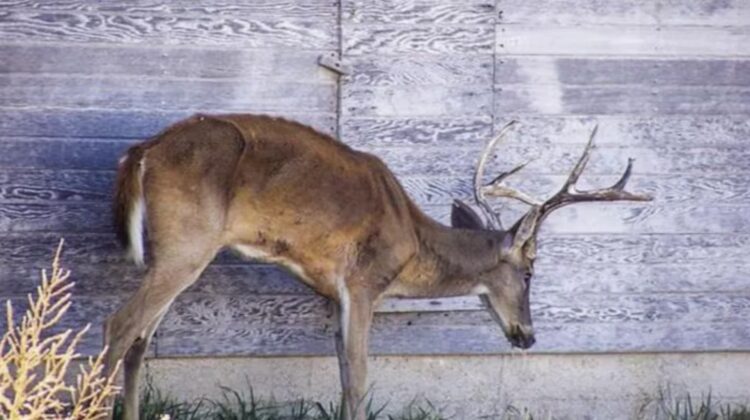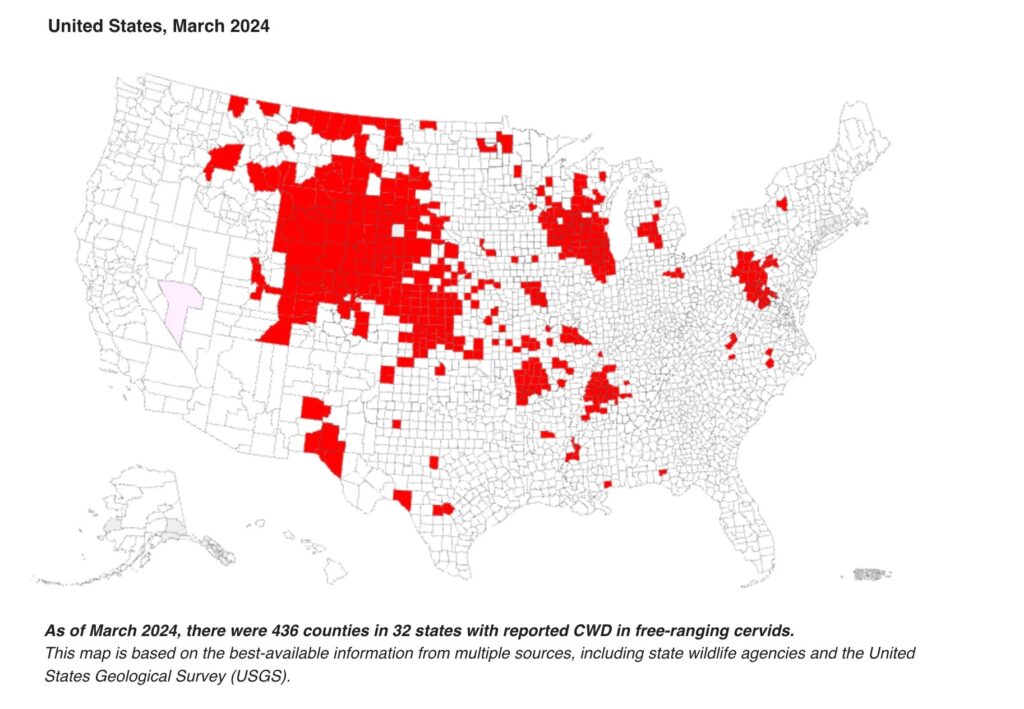
Chronic Wasting Disease (CWD) has been rampant among North American deer populations since its initial detection at a captive cervid facility in Wyoming in 1967. Despite decades of monitoring, the inter-species transmission of this fatal neurological ailment, from cervids to humans, had never been definitively confirmed. However, a recent study published in Neurology suggests that such transmission may have occurred in 2022, raising alarms within the scientific community.
Titled “Two Hunters from the Same Lodge Afflicted with Sporadic CJD: Is Chronic Wasting Disease to Blame?” the study unveils a concerning cluster of Creutzfeldt-Jakob disease (CJD) cases following exposure to CWD-infected deer. The authors posit potential prion transmission from these animals to humans, shedding light on a previously overlooked health risk associated with venison consumption.

CJD, commonly associated with Mad Cow Disease, shares similarities with CWD in its transmission through mis-folded prion proteins. Both diseases induce severe neurological deterioration, culminating in fatality. The paper recounts the case of a 72-year-old individual who developed CJD after regularly consuming venison from CWD-infected deer. Despite medical intervention, the patient’s condition rapidly deteriorated, leading to demise within a month of symptom onset.
The study also examines the case of a companion who succumbed to CJD after consuming venison from the same source, further highlighting the potential risks associated with CWD-contaminated meat. While the exact location of these individuals remains undisclosed, the Center for Disease Control and Prevention (CDC) reports CWD presence in 32 U.S. states, with recent incidents in Kentucky, Kansas, Nebraska, and Wisconsin, as well as Canadian deer populations.

While the study refrains from conclusive causation, it underscores the importance of vigilance regarding CWD-infected meat consumption and advocates for thorough testing by state fish and game agencies. The authors emphasize the necessity of continued surveillance and research to comprehend the implications of this potential association on public health.
As concerns regarding CWD transmission persist, proactive measures and heightened awareness are crucial in mitigating the risks posed by contaminated venison consumption. The study serves as a stark reminder of the intricate interplay between wildlife health and human well-being, urging for sustained efforts in combating emerging infectious threats.

Leave a Reply